Optimal Timing for Mini Split Installations
Choosing the right time for mini split installations can influence the efficiency and convenience of the process. Proper timing ensures optimal performance and may help avoid peak demand periods, which can impact scheduling and costs.
Spring offers moderate temperatures, making installation more comfortable and reducing the risk of weather-related delays.
Installing during summer can provide immediate cooling benefits, but schedules may be busier due to high demand.
Fall provides cooler weather and increased availability of installation professionals, ensuring a smooth process.
Winter installations may face weather challenges, but off-peak periods can offer better scheduling options.
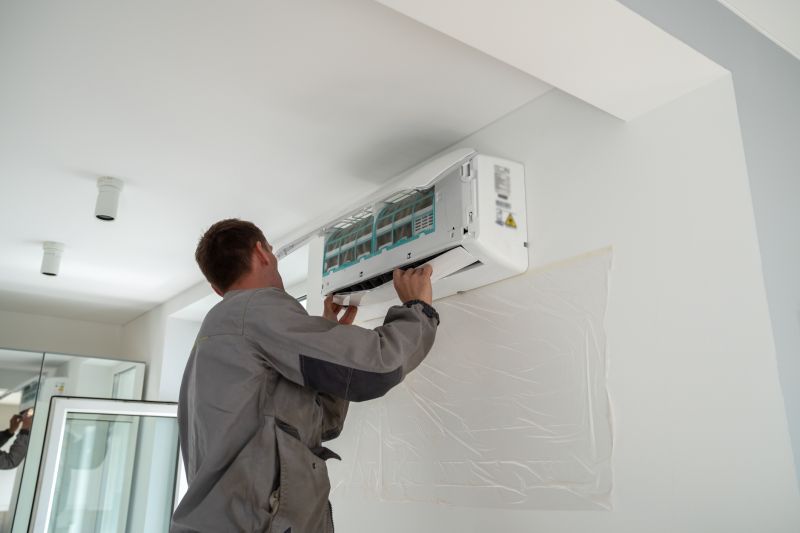
Ways to make Mini Split Installations work in tight or awkward layouts.
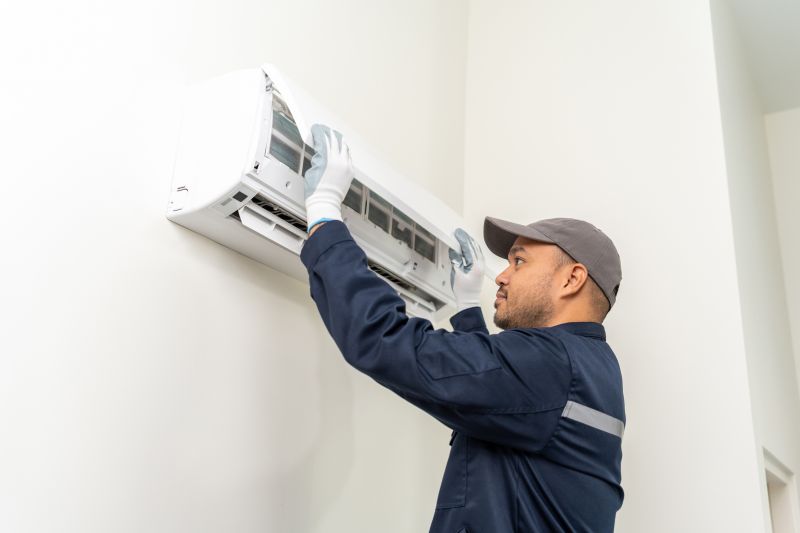
Popular materials for Mini Split Installations and why they hold up over time.
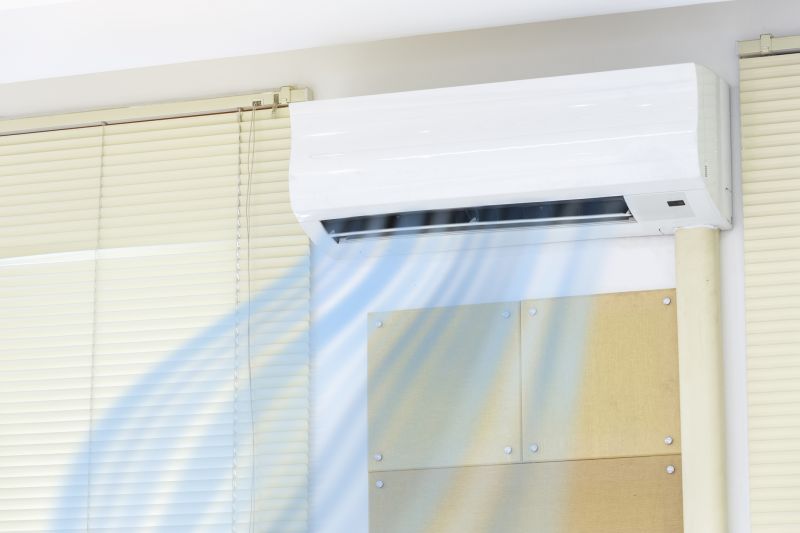
Simple add-ons that improve Mini Split Installations without blowing the budget.
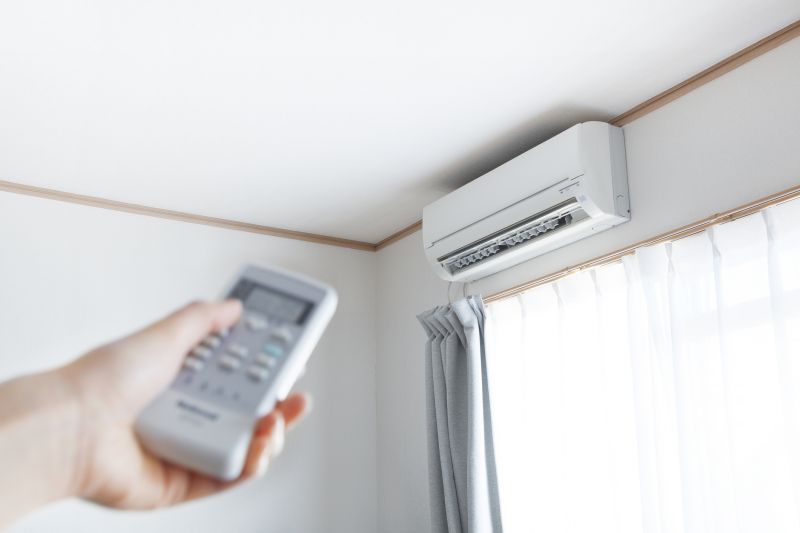
High-end options that actually feel worth it for Mini Split Installations.
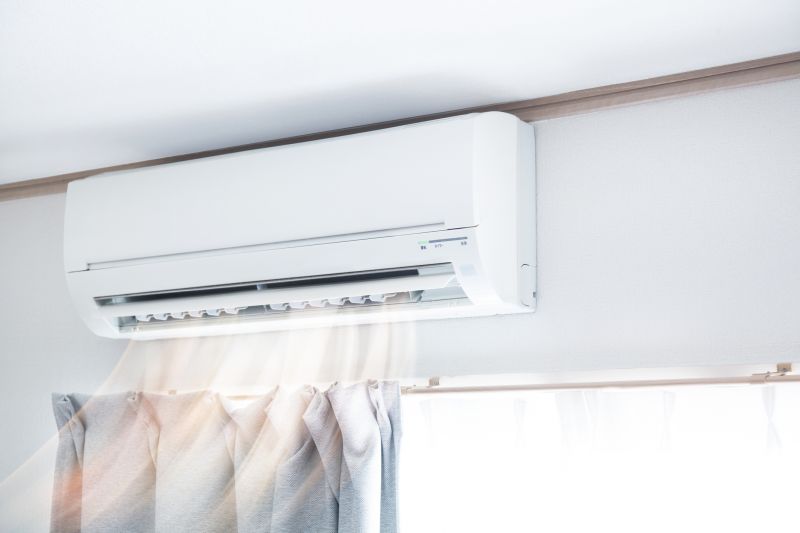
Finishes and colors that play nicely with Mini Split Installations.
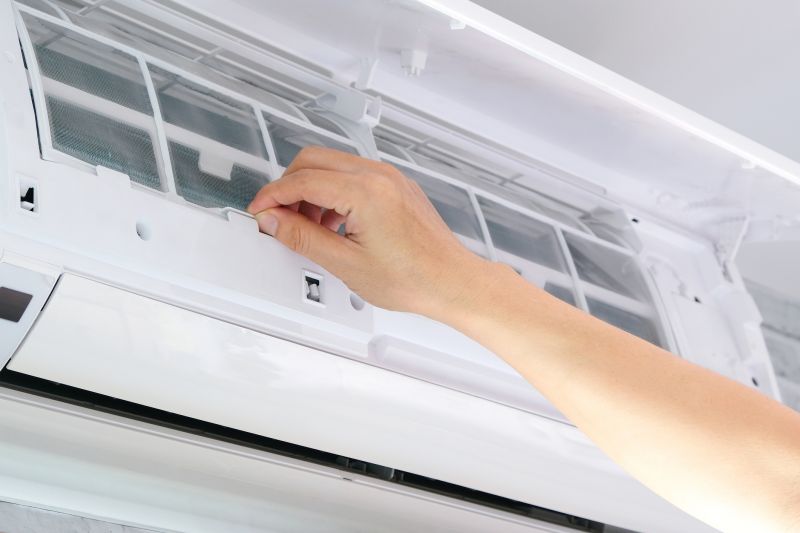
Little measurements that prevent headaches on Mini Split Installations day.
Mini split systems are a versatile heating and cooling solution suitable for various building types. They consist of an outdoor condenser and one or more indoor air handlers, providing zone-specific climate control. Installation involves mounting the indoor units and connecting them to the outdoor unit via refrigerant lines, which requires precise placement for optimal performance. Proper installation can improve energy efficiency, reduce operational costs, and enhance indoor comfort. The process typically takes a few hours to a day, depending on the system's complexity.
Statistics show that mini split systems can achieve energy savings of up to 30% compared to traditional HVAC systems. They are especially effective in retrofit applications and spaces where ductwork is impractical. Seasonal variations, local climate, and building insulation levels influence the ideal timing for installation, with milder weather generally facilitating easier setup and better system performance.
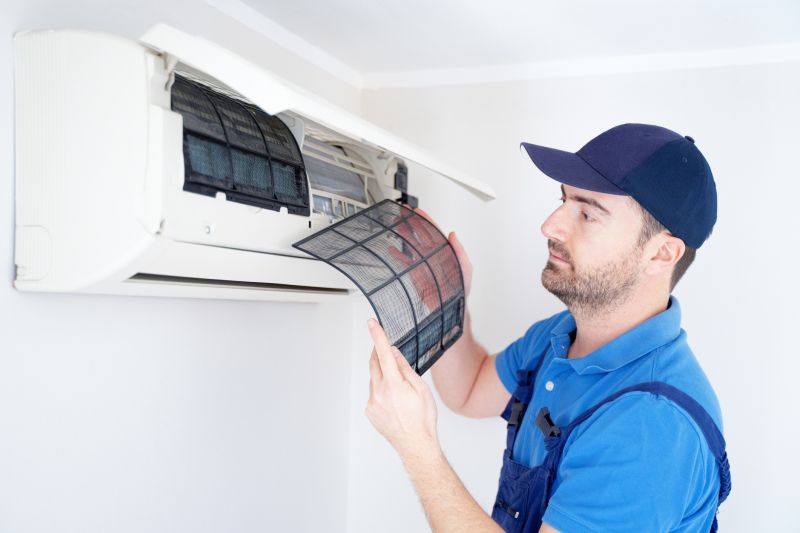
A 60-second routine that keeps Mini Split Installations looking new.

A frequent mistake in Mini Split Installations and how to dodge it.

Small tweaks to make Mini Split Installations safer and easier to use.
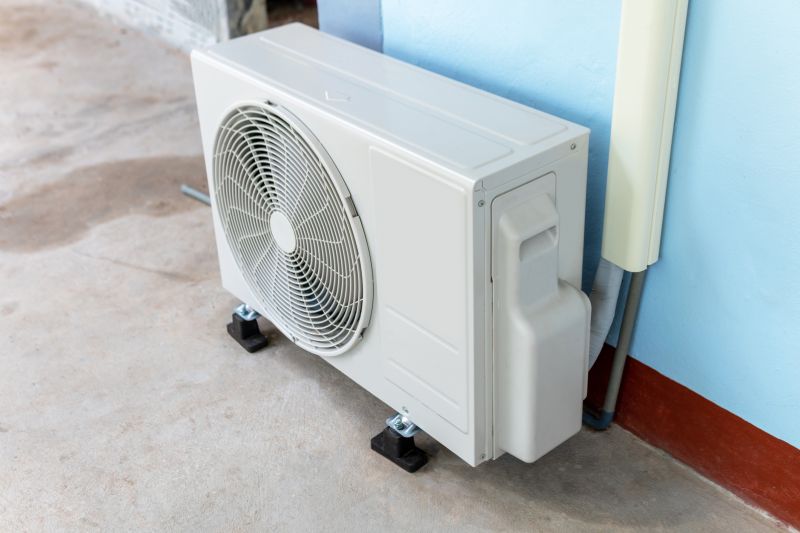
Lower-waste or water-saving choices for Mini Split Installations.
| Season | Installation Considerations |
|---|---|
| Spring | Moderate weather and increased availability of installers |
| Summer | High demand; quick cooling benefits but potential scheduling delays |
| Fall | Ideal weather and better scheduling options |
| Winter | Weather challenges; off-peak scheduling advantages |
| Mild Seasons | Optimal for energy efficiency and system performance |
Interested in scheduling a mini split installation? Filling out the contact form can provide access to professional services tailored to specific timing needs and project requirements.



